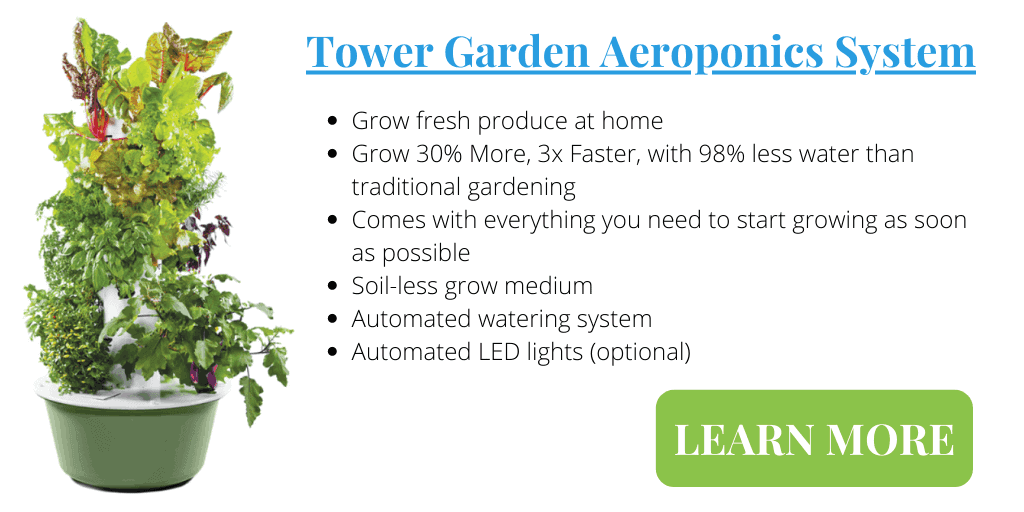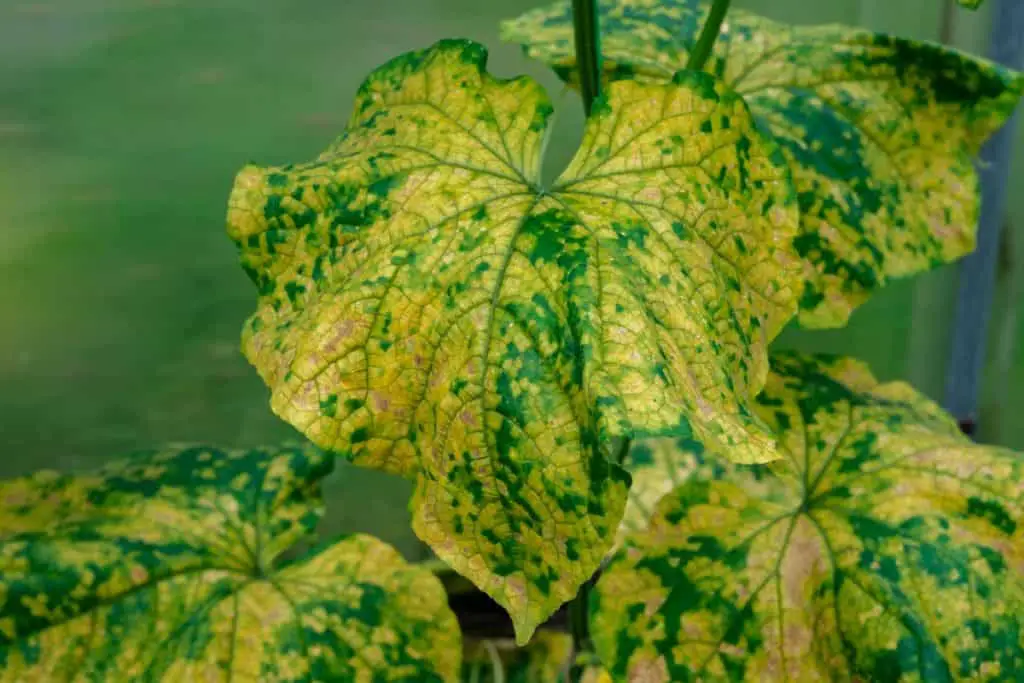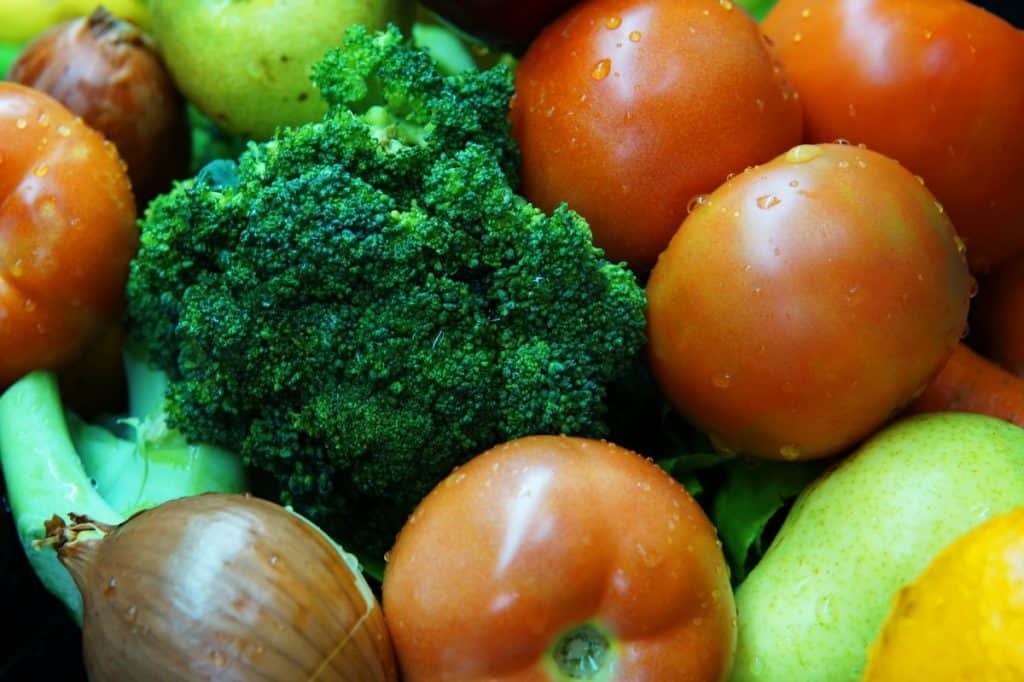Growing your own food at home is becoming an option that people are investigating as an alternative to store-bought herbs and vegetables. The reasons that this concept is becoming popular vary from person to person. Hydroponics brings this concept to life for many home-growers, even if you have limited space available for growing your vegetables.
Hydroponics is a versatile and effective method of growing healthy, nutritious vegetables and herbs at home. It presents the means to grow larger, healthier food plants that are free from chemicals and pesticides, and you have the choice to stay away from GMO foods for a healthier choice!
Hydroponics is a great method to choose to grow vegetables at home and provides many benefits for the home grower that makes the process easier, more convenient, and more successful than growing vegetables in the ground. Hydroponics can make anyone feel like a pro-gardener and provide you and your family with a healthy food alternative.

Why Is Hydroponics Better Than Growing In The Ground?
Let’s examine the advantages that hydroponics offers to a home vegetable grower and why there is a growing number of people turning to these concepts as the best method to grow vegetables at home.
Poor Soil
Much of the soil that we find in our urban and suburban gardens are not good quality soil. Many housing developments are built on reclaimed land that was previously used for activities that contaminated, depleted, or damaged the soil.
Aside from contaminated soil, it is possible to rehabilitate the soil and restore it to healthy, nutritious soil for growing vegetables. However, this process takes a lot of effort, cost, and time, and you will not get good crops from the soil until the soil has been completely rehabilitated.
The process to fix the soil in poor soil locations can take up to 3-years before the ground will live up to its full potential and produce a strong, healthy crop of vegetables for your table.
Hydroponic systems give a home vegetable grower the opportunity to get strong, healthy vegetable crops in the first growing season!
Water Consumption
Hydroponics is a method of food growing that is often chosen for locations that have low rainfall and low water availability because these systems are more water-efficient than growing vegetables in the ground.
Hydroponics implementations are generally closed systems, which means the nutrient-laden water is recirculated in the system, reducing the amount of water-loss due to evaporation run-off and soaking deep into the ground beyond the reach of the roots of your vegetables.
This makes more efficient use of the water and reduces water loss, making hydroponics more efficient with regard to water usage than growing directly in the soil.
Hydroponics Growing Has Less Pest Problems
Many pests find your vegetable crop from the ground and begin their attack on your plant from the ground up. Most hydroponic systems are elevated above the ground, which denies many pests access to your plants.
It is easier to cover your plants with netting or some other sort of protection from flying insects that may attack your crop because your plants are in a smaller area.
This benefit of hydroponics translated to less loss of food crops to insects and other pests and less need for harmful or toxic pesticides. It is fairly easy to use no chemicals at all to protect your hydroponic plants from pests, which makes for healthier food for you to consume as an end product.

Hydroponics Promote Less Disease Problems
When plants grow in hydroponics systems, there is no competition for nutrients or lack of nutrients. This promotes the growth of strong plants that are more disease resistant.
Plants that grow directly in the soil must compete with other plants for nutrients, and if there is a nutrient deficit, the plants can go into stress, which makes them more susceptible to plant diseases and other organisms such as fungi.
Hydroponics Offers High Volume Growth In Small Space
Because hydroponics does not require the plants to compete for nutrients, they can be grown closer together. Of course, you need to consider what the full size of the plant will be and space the vegetables accordingly.
You can generally grow a larger quantity of plants in a hydroponics system compared to the same space on the ground. Due to the freely available nutrients, plants grown in hydroponics also generally produce a higher crop yield, which means you can actually grow fewer plants and achieve a higher crop yield.
Hydroponics Are Versatile With Different Systems For Different Applications
There are many different hydroponic growing techniques and methods, each with its own advantages and benefits.
The variety of hydroponics systems allow the choice of different systems, which allows you to choose an implementation that would best suit your needs. With a little ingenuity, you can even combine different hydroponic methods to create a custom system that suits your circumstances.
Hydroponics are generally scalable, which gives you the opportunity to start small and increase and add to the system as your confidence or your need increases.
Hydroponic Can Be Cost-Effective
Hydroponics can be as cheap or as expensive as you would like. You can purchase a ready-made hydroponic system that has all the latest gadgets, bells, and whistles, which can be an expensive way to implement hydroponic vegetable growing at home.
Hydroponic system concepts are fairly simple, which opens up this type of growing to DIY enthusiasts to put their hands-on skills to good use and build a hydroponics system out of basic household items.
Hydroponic systems that are housed indoors will require lights, which will probably be the most expensive purchase for your home hydroponics system. However, if you locate your hydroponics outside, the natural light from the sun will provide you plants all the light energy they need for free!
Some people consider the purchase of nutrients to be expensive, but if you consider the comparative cost of fertilizer and compost that you would put into a ground-based vegetable garden, hydroponics can work out cheaper.
You can also experiment with hydroponics growing by making your own homemade nutrients which will further cut your hydroponic system costs.
No products found.
Hydroponics Are Less Time and Labor Intensive
Ground-based vegetable gardens need the beds to be dug, prepared, and fertilized in preparation for planting. After planting, the beds and plants need constant watering and weeding to keep the plants in good health and promote growth and fruiting.
Hydroponic systems require considerably less labor and time. There is some initial time needed to set up the hydroponics system, but after that, most of the labor and time commitment will be basic monitoring of the system and the plants.
There is no need to constantly provide water for the plants since the system does that automatically. There is no need to weed the plant beds because the weeds cannot get access.
Hydroponic systems can take as little as 15-minutes a day to monitor nutrient levels and a longer session of about 30-minutes once a week to top up water levels and inspect the plants.

What Vegetables Can Be Grown In Hydroponics?
There are many different vegetables that can be grown in hydroponics, and some do better in different hydroponic systems than others.
From a general perspective, you need to grow similar vegetables and companion vegetables in the same hydroponics system, while others may need to be grown in a separate system due to different nutrient level requirements.
It may sound a little complicated and scientific, but once you get the hang of it, growing hydroponics is easy, and there is no rule against experimentation!
We will start our list of vegetables with the easiest ones to grow for beginner hydroponic growers and ones that will be successful in most hydroponic systems. For the sake of completeness and ideas on companion plants, we may include some plants that are herbs rather than vegetables.
Easy Plants To Grow In Hydroponic Systems
The easiest plants to grow in hydroponic systems are the leafy green plants and salad greens. These plants will grow very well in pretty much any hydroponic system implementation.
- Leaf Lettuce. This is one of the easiest vegetables to grow in hydroponics, and it can be grown in almost any type of hydroponic system. Harvest the outer leaves and leave the plant to continue producing. While it is possible to grow head lettuce in hydroponics, it is best left until you are a little more experienced.
- Swiss Chard. Swiss chard is a vegetable similar to spinach and can be used in the same way, either cooked or used fresh in a salad. It grows very well and very easily in hydroponics.
- Spinach. Some spinach varieties can become quite large and take up a lot of space in your hydroponics. Choose a variety that produces small to medium size leaves.
- Celery. Celery is another easy grower in hydroponics systems, but you need to harvest the entire plant, so you will need to have some young ones to replace the ones you harvest to endure a constant supply.
- Basil. Basil is a leafy herb that grows very easily in most hydroponics systems, but the plants have the potential to grow quite large. Only grow two or three plants; they will provide you with plenty of basil for your household needs!
- Leafy herbs. Any leafy herb such as parsley and cilantro grows easily and very well in most hydroponic systems.
Most of these leafy-green-type plants that do not fruit can be successfully grown in indoor hydroponics systems as well as outdoor hydroponic systems since they do not need pollinators to pollinate any flowers to produce a crop for you.
Medium Difficulty Vegetables To Grow In Hydroponics
When we describe vegetables as being more difficult to grow in hydroponics, it is not that the plant itself is hard to grow, but rather the characteristics of the plant, such as size and space requirements pose more of a challenge in a hydroponics system.
- Tomatoes. Tomatoes grow extremely well in hydroponics, but they also have a tendency to take over and expand dramatically. Only plant two or three tomato plants and keep them well-trimmed to keep them under control. Some varieties of tomato may need to be trellised, and you will need to support the plants in your hydroponics system as well, so plan ahead for this.
- Beans. Beans are climbing plants that also need a fair bit of space, so it may be wise to grow your beans in individual Dutch bucket systems or a similar system where they can be staked for support and have room to expand. Many beans require the services of pollinators and therefore are better grown outdoors.
- Peas. Peas grow in a similar fashion to beans and will need similar growing conditions and support. While they will grow in most types of hydroponics systems, they are best grown in their own environment, such as Dutch buckets. Most peas, like beans, need pollinators, so they are best grown outdoors.
- Bell peppers. Bell peppers are easy to grow but do require some space. Planting 3 or 4 plants well-spaced will allow them to grow well in most hydroponic systems.
- Chili peppers. Chili seeds need very specific conditions for the seeds to germinate, namely constantly warm temperatures. For this reason, it is best to start with cuttings in an aeroponic cloner where you can control the environment and then transplant the seedlings to the hydroponics system when they are large enough.
- Strawberries. Strawberries are always a hydroponic favorite, but as a ground cover type plant, they want to spread out. Grow towers, and Dutch buckets help to keep strawberry plants manageable and prevent them from taking over your entire hydroponic installation. They also need insect pollinators, so they grow best outdoors.
- The Root Spa is a Deep Water Culture system. This 5 gallon bucket system is so simple yet grows...
- After a very short time, you will realize the advantage of the simplicity of this uniquely...
- Water tight seal to guarantee no leaks
More Challenging Vegetables to Grow In Hydroponics
The more challenging vegetables to grow in hydroponic systems are not impossible to grow, but they will require more planning and maintenance to make sure they grow successfully without overwhelming the rest of your system.
Some can only be grown in certain types of hydroponic systems because of the nature of their growth and their requirement for depth, such as root crops.
- Carrots. Carrots are a root crop that requires depth to grow the root. Drip system hydroponics in a growing medium such as perlite works well for growing carrots in hydroponics. Other systems such as NFT are not suitable for carrots.
- Sweet potato and potatoes. These root crops also develop beneath the surface, so hydroponics systems that offer a growing medium such as perlite are the best options to get a harvest from these plants.
- Pumpkin and squash. These plants are sprawlers and require a lot of space. If you can trellis them up and only grow one plant at a time, you may be able to successfully control them in a hydroponic system.
- Cucumber. This is a vine-type plant that likes to spread out, similar to pumpkin and squash plants. If you have space in your system and the capacity to provide a trellis, plant one or two plants to experiment. Otherwise, rather grow them in their own drip hydroponics bucket system.
This is certainly not an exhaustive list of the vegetables that you can plant in hydroponics systems, but it is a list of common vegetables that most families will use on a day-to-day basis. You can certainly grow enough vegetables in a small space to give your family a healthier, home-grown option.
Conclusion
Hydroponics is an easy way to get into growing your own vegetables at home, and it can be a project that the entire family can participate in.
Growing your own food will be better for your health, and once you go down this hydroponics path, you will find it to be an awesome experience and will quickly become a hobby rather than just a means to put good food on the table!

